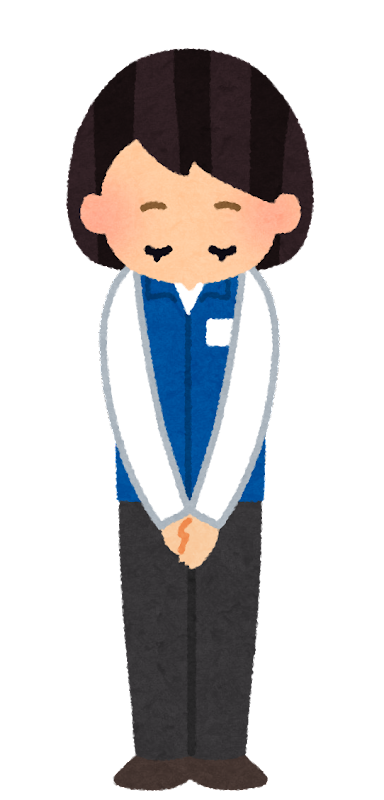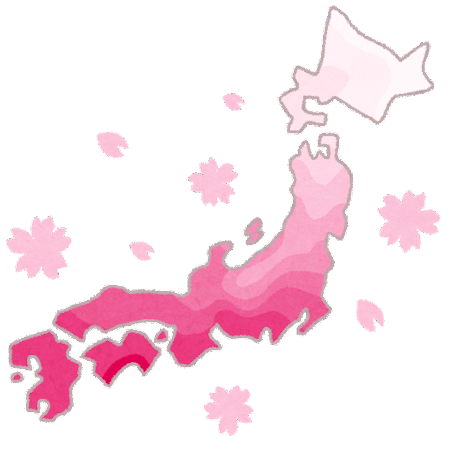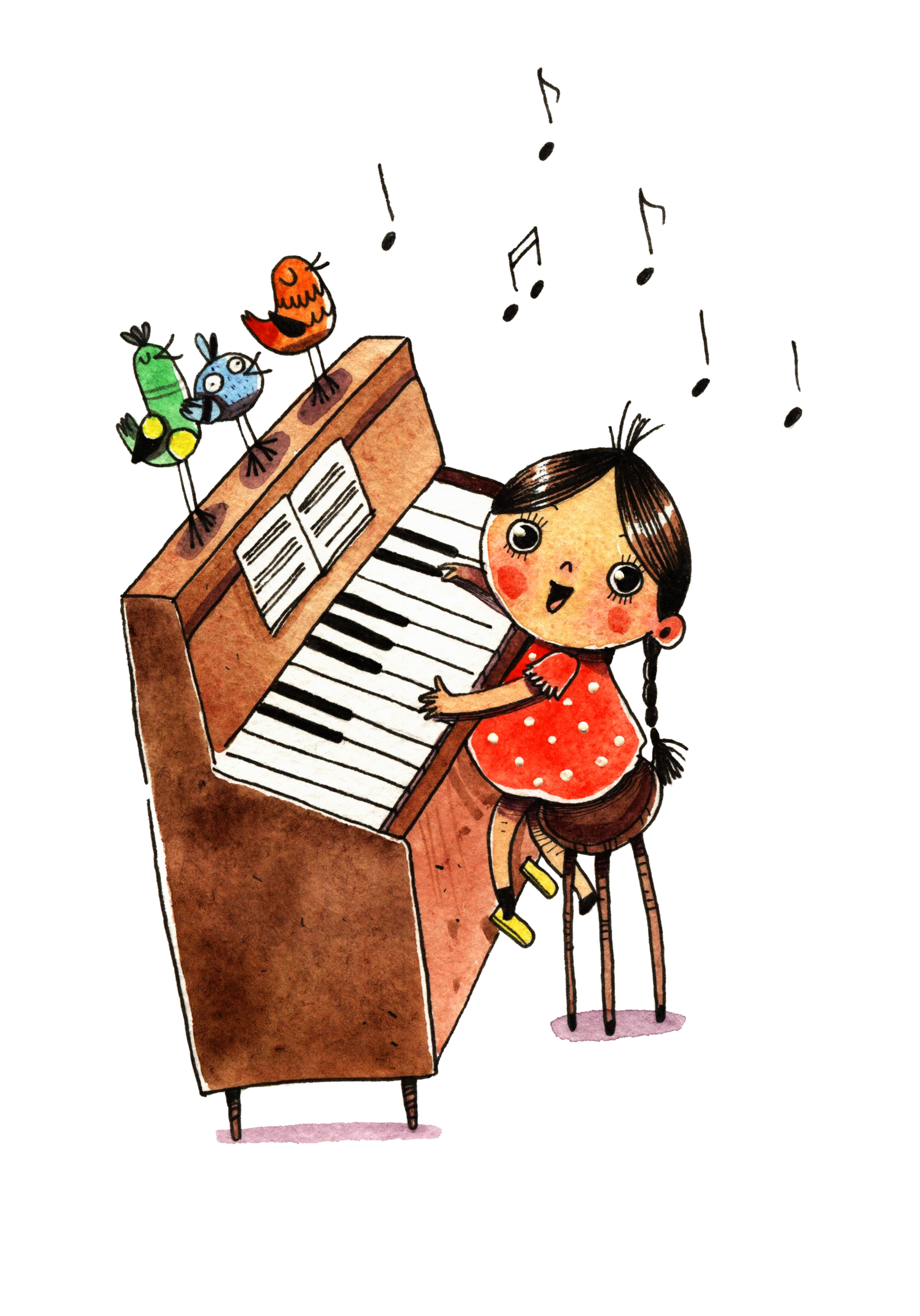Part 0 今日の学習内容
今日のレッスンで学ぶことを事前に確認しよう
Let’s go over in advance what we will learn in today’s lesson

Part 0 今日の学習内容
関係代名詞の復習をしましょう。
関係代名詞とは、「名詞」と「名詞を説明する文」の間に入れて、名詞の「人・もの・こと」を詳しく説明する役割をもちます。
・that 名詞が「人・もの・こと」すべてに使うことができる
・which 名詞が「もの・こと」のときにのみ使うことができる
・who 名詞が「人」のときにのみ使うことができる
例文:
“Bowing, which is the most common behavior in Japan, is one of the traditions that they know.”
「日本で一番一般的なふるまいのお辞儀は、彼らが知っている慣例の一つです。」
“It has always been their dream, which made them want to travel to Japan.”
「日本へ旅行をすることはいつも彼らの夢です。」
Part A セルフイントロダクション
まずは講師の先生と自己紹介をしてみよう
Let’s introduce each other

Part A_1 セルフイントロダクション
Let’s introduce ourselves to each other.
自己紹介をしましょう。
My name is ________. What is your name?
Part A_2 セルフイントロダクション
I am ________. Nice to meet you.


Part A_3 セルフイントロダクション
Nice to meet you too, ________. Let’s begin our lesson!
Part B ボキャブラリー
英単語の意味と発音を確認しよう
Let’s check the meaning and pronunciation of English words

Part B_1 ボキャブラリー
We’ll read aloud the words below. Please repeat after me. I will check your pronunciation.
(Please send the mispronounced words and expressions to your student.)
講師の真似をして単語を発音しましょう。
Part B_2 ボキャブラリー

|
bowing
お辞儀
|

|
common
社会一般の
|

|
behavior
ふるまい
|

|
tradition
伝統、慣習
|

|
in blossom
花盛り
|


Part B_3 ボキャブラリー
Now, let’s review some words from part B_2.
(Please review the mispronounced words and expressions from part B_2.)
復習しましょう。
Part B_4 ボキャブラリー
| Answer: |

Part C リーディング
長文を読んで、発音を確認しよう
Read sentences and check your pronunciation. Make sure you understand the content

Part C_1 リーディング
We’ll read aloud the passage below. I will check your pronunciation and intonation.
(Please send the mispronounced words and expressions to your student.)
文章を読みましょう。講師がチェックします。
Part C_2 リーディング
Lisa and Monica visit Japan

Lisa and Monica are best friends, who are visiting Japan for the first time. Bowing, which is the most common behavior in Japan, is one of the traditions that they know. Lisa and Monica also know some basic Japanese words to help them communicate with Japanese people. They want to do the Japanese tradition called “Ohanami,” which means having a picnic under the cherry trees that are in blossom. It has always been their dream, which made them want to travel to Japan.


Part C_3 リーディング
Now, let’s review some words and sentences from part C_2.
(Please review the mispronounced words and sentences from part C_2.)
復習してみましょう。
Part C_4 リーディング
| Answer: |


Part C_5 リーディング
I will ask the following questions. Please answer based on the passage. I will check if your sentences are complete and if the grammar is correct.
講師が質問するので答えてみましょう。

Part C_6 リーディング
| 1. | Who are the two best friends that are visiting Japan? |
Part C_7 リーディング
| Answer: |


Part C_8 リーディング
| 2. | What is the most common behavior in Japan that they know? |
Part C_9 リーディング
| Answer: |


Part C_10 リーディング
| 3. | What is the Japanese tradition that they want to do? |
Part C_11 リーディング
| Answer: |


Part C_12 リーディング
Now, let’s review your answers.
(Please review your student’s answers by sending the correct answers in complete sentences. After that, ask your student to read aloud his or her corrected answers.)
復習してみましょう。
Part C_13 リーディング
| Answer: |

Part D イラスト
絵を説明できるようになろう
Let’s learn to describe the pictures

Part D_1 イラスト
Please study the example below. I will read the sample items and you will read the sample answers.
I will check your pronunciation and intonation.
I will check your pronunciation and intonation.
例のように言葉と文を読みましょう。
Part D_2 イラスト

| Sample item: | Steven / ten years old / a tennis player / his father / practice every day |
| Sample answers: | Steven, who is ten years old, wants to be a tennis player. He loves to play tennis, which his father taught him. He wants to achieve his dream, which is why he practices every day. |


Part D_3 イラスト
Now, please make a short speech (3-5 sentences) to describe the picture using the expressions you learned.
I will check if your sentences are complete and if the grammar is correct.
I will check if your sentences are complete and if the grammar is correct.
では、習った表現を使って、3~5文の短いスピーチをしましょう。
Part D_4 イラスト

| Item: | Lisa / eight years old / a piano teacher / her mother / practices twice a week |
| Answer: | |


Part D_5 イラスト
Now, let’s review your answers.
(Please review your student’s answers by sending the correct answers in complete sentences. After that, ask your student to read aloud his or her corrected answers.)
では、あなたの答えを復習してみましょう。その後、修正したあなたの答えを読んでみましょう。
Part D_6 イラスト
| Answer: |

Part E 並び替え
文章を組み立てる練習をしよう
Let’s rearrange the sentences

Part E_1 並び替え
Now, you will rearrange the words to ask me questions using the grammar topics you learned.
(Please send the sentences that need grammar corrections to your student.)
単語を並べ替えて、講師に質問してみましょう。
Part E_2 並び替え
| Do you ( someone / who / know / understands / Japanese ) ? |


Part E_3 並び替え
| Answer: |
Part E_4 並び替え
| Do you ( anyone / likes / who / know / sushi ) ? |


Part E_5 並び替え
| Answer: |

Part E_6 並び替え
Now, let’s review your answers.
(Please review your student’s answers by sending the correct answers in complete sentences. After that, ask your student to read aloud his or her corrected answers.)
復習してみましょう。
Part E_7 並び替え
| Answer: |

Part F Q&A
自分のことを答えたり、質問できるようになろう
Learn to express yourself and ask questions

Part F_1 Q&A
Let’s study the example below. I will read the sample question, and you will read the sample answer.
下の例を音読してみましょう。
Part F_2 Q&A
| Sample Question: | What are the Japanese foods that you like to eat? |
| Sample Answer: | The Japanese foods that I like to eat are sushi and tempura. |


Part F_3 Q&A
Now, please answer the following questions.
I will check if your sentences are complete and if the grammar is correct.
I will check if your sentences are complete and if the grammar is correct.
講師が質問しますので答えましょう。

Part F_4 Q&A
| 1. | What is the season in Japan that you think is the best? |
Part F_5 Q&A
| Answer: | |


Part F_6 Q&A
| 2. | Are there any manners in Japan that people have to follow when getting on a train? |
Part F_7 Q&A
| Answer: | |


Part F_8 Q&A
| 3. | What is the biggest city in Japan that many tourists visit? |
Part F_9 Q&A
| Answer: | |


Part F_10 Q&A
Now, let’s review your answers.
(Please review your student’s answers by sending the correct answers in complete sentences. After that, ask your student to read aloud his or her corrected answers.)
復習してみましょう。
Part F_11 Q&A
| Answer: |


Part F_12 Q&A
Now, let’s change the roles.
You will ask the following questions and I will answer them.
You will ask the following questions and I will answer them.
では、次は役割を交代して講師に質問をしてみましょう。
Part F_13 Q&A
| 1. | Do you have a friend ____________ in another country? |


Part F_14 Q&A
| Answer: | (Yes/No), _________ a friend who lives in another country. |
Part F_15 Q&A
| 2. | Do you know anyone _______ loves dogs? |


Part F_16 Q&A
| Answer: | (Yes/No), ____________ who loves dogs. |
Part F_17 Q&A
| 3. | Is there any food __________ you eat often? |


Part F_18 Q&A
| Answer: | (Yes/No), _______________ food that I eat __________ a week. |

Part F_19 Q&A
Now, let’s review your answers.
(Please review your student’s answers by sending the correct answers in complete sentences. After that, ask your student to read aloud his or her corrected answers.)
復習してみましょう。
Part F_20 Q&A
| Answer: |

Part G フリートーク
フリートークで講師と会話をしてみましょう
Let’s have a conversation

Part G_1 フリートーク
Let’s have a conversation about the following topics
フリートークをしましょう。もし更に時間が余れば自由に講師と話をしてみましょう。
(Please do a free talk if you have time left.)

Part G_2 フリートーク
Have you ever talked to someone who came from another country?
Please tell me the things that Japanese people usually do on New Year’s holidays.
Are there any places in your hometown that tourists visit? What kind of places are they?
Please tell me the things that Japanese people usually do on New Year’s holidays.
Are there any places in your hometown that tourists visit? What kind of places are they?
Part G_3 フリートーク
| Answer: |
 |
 |
 |
